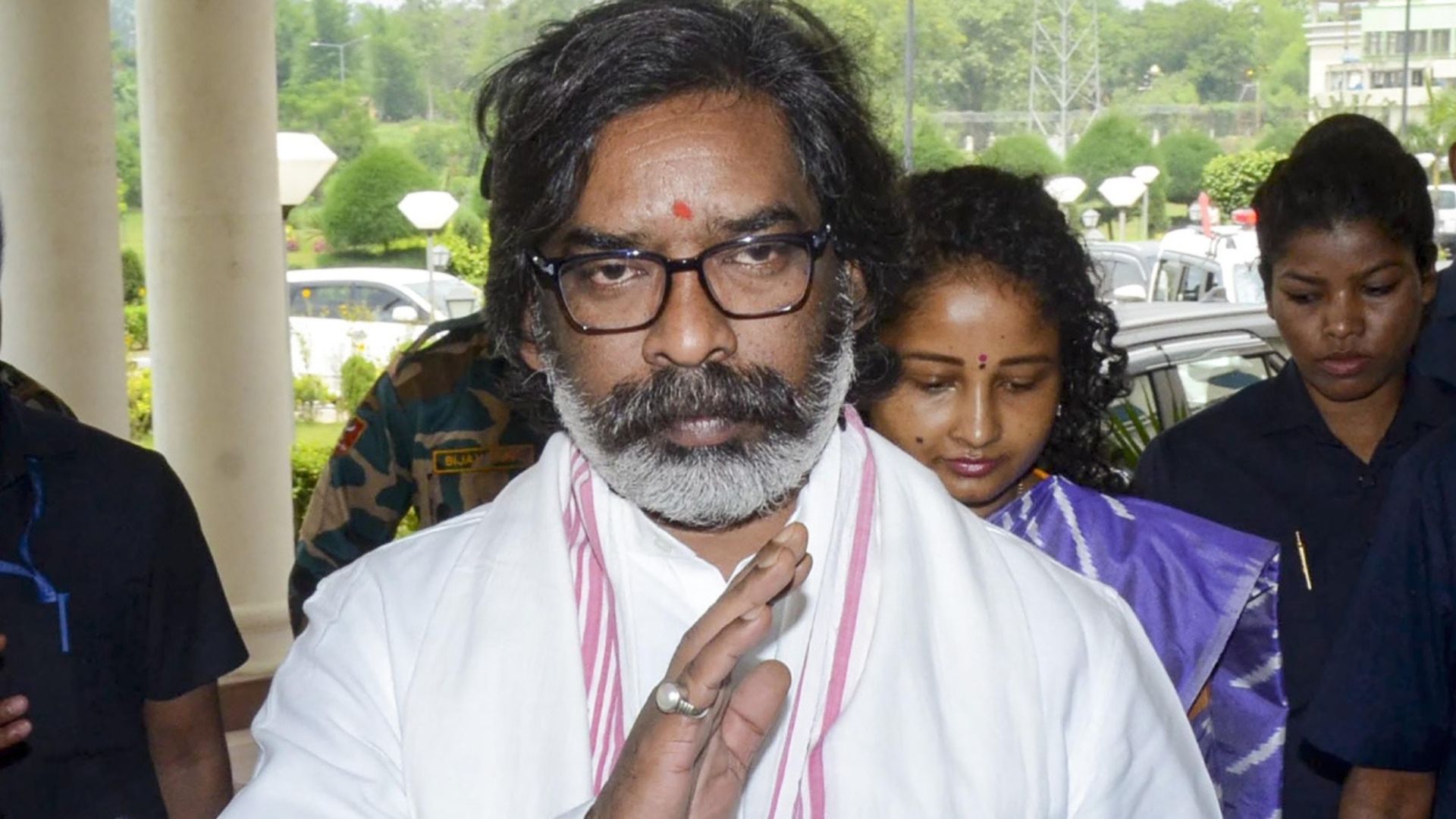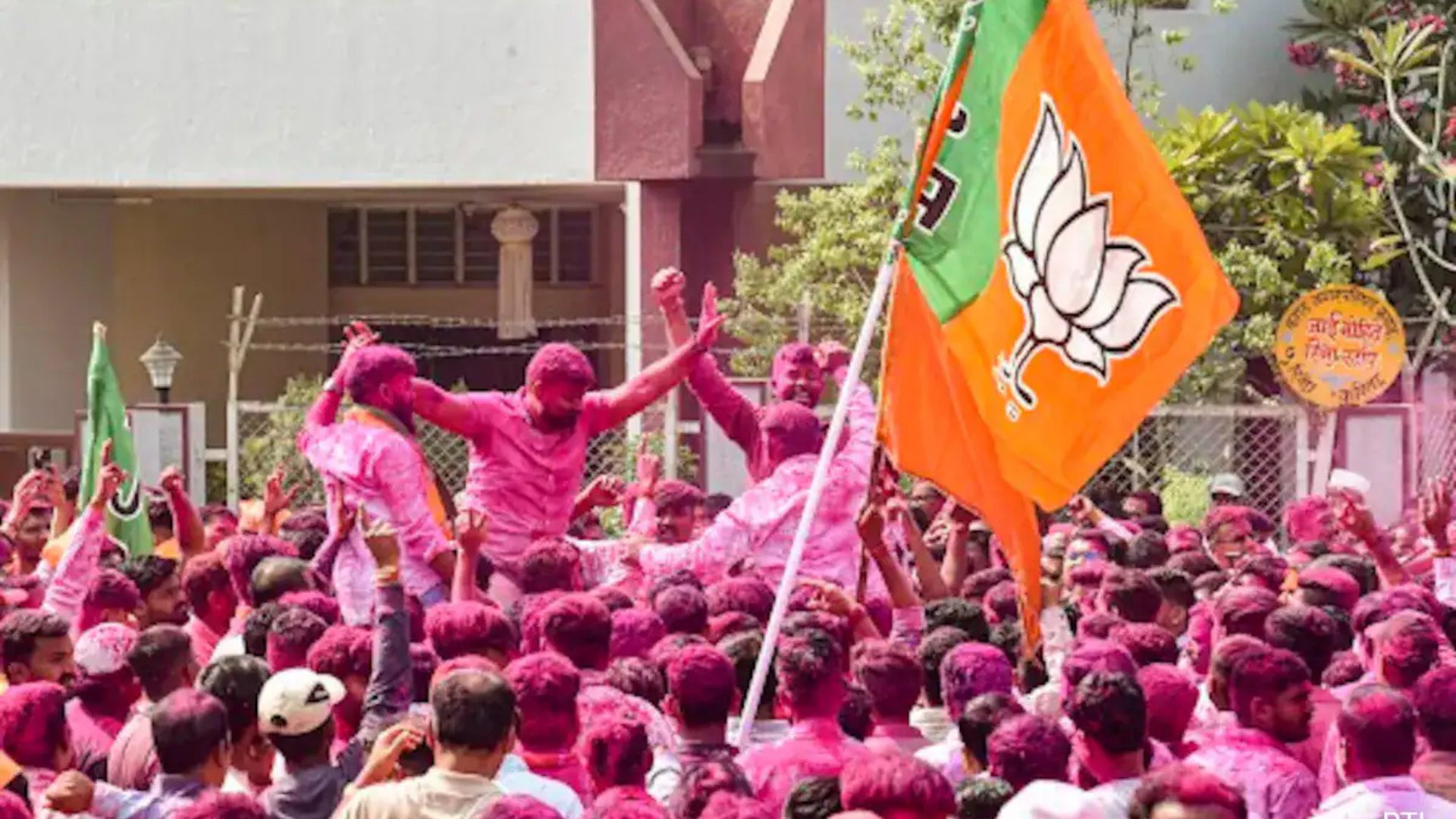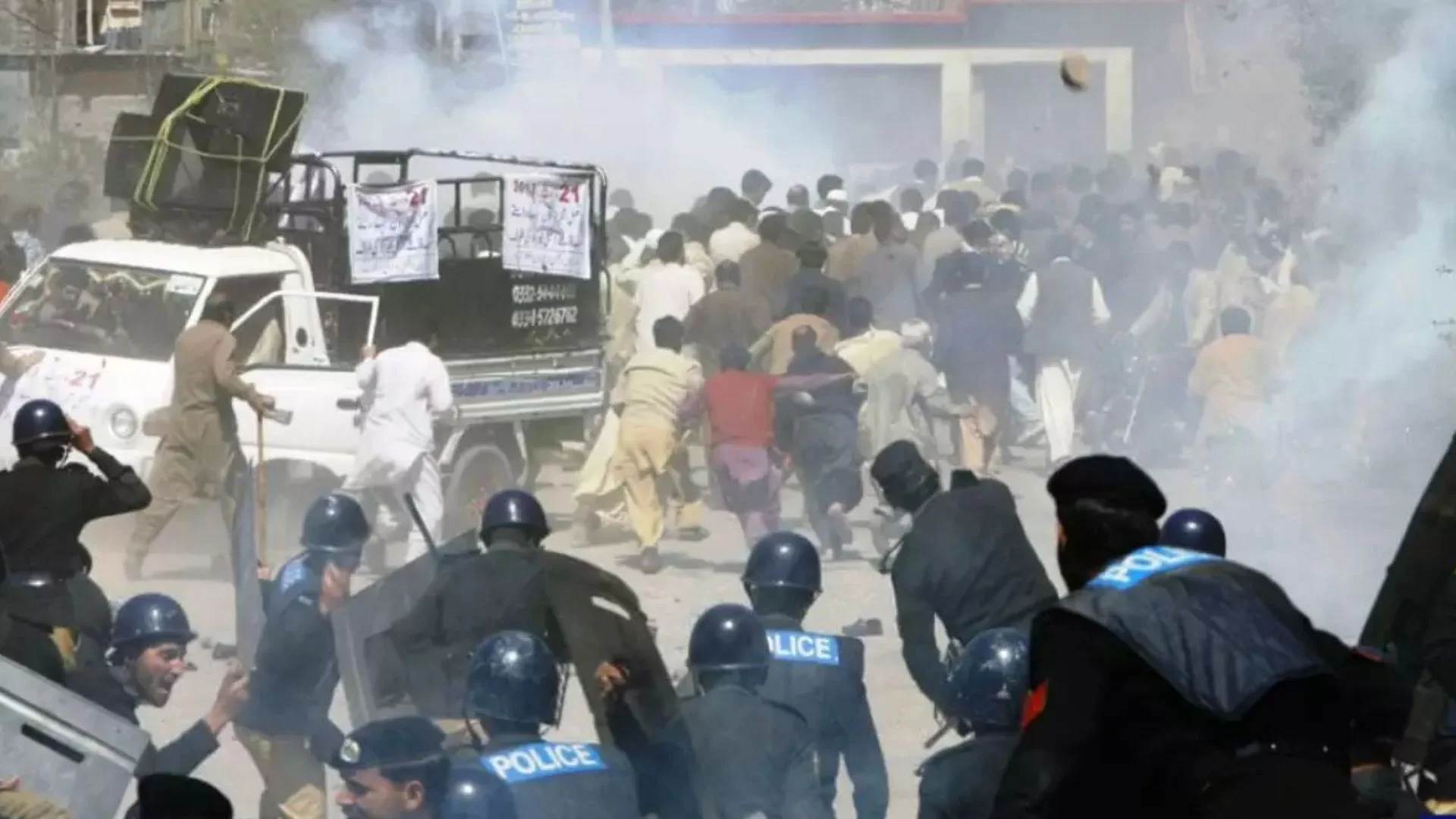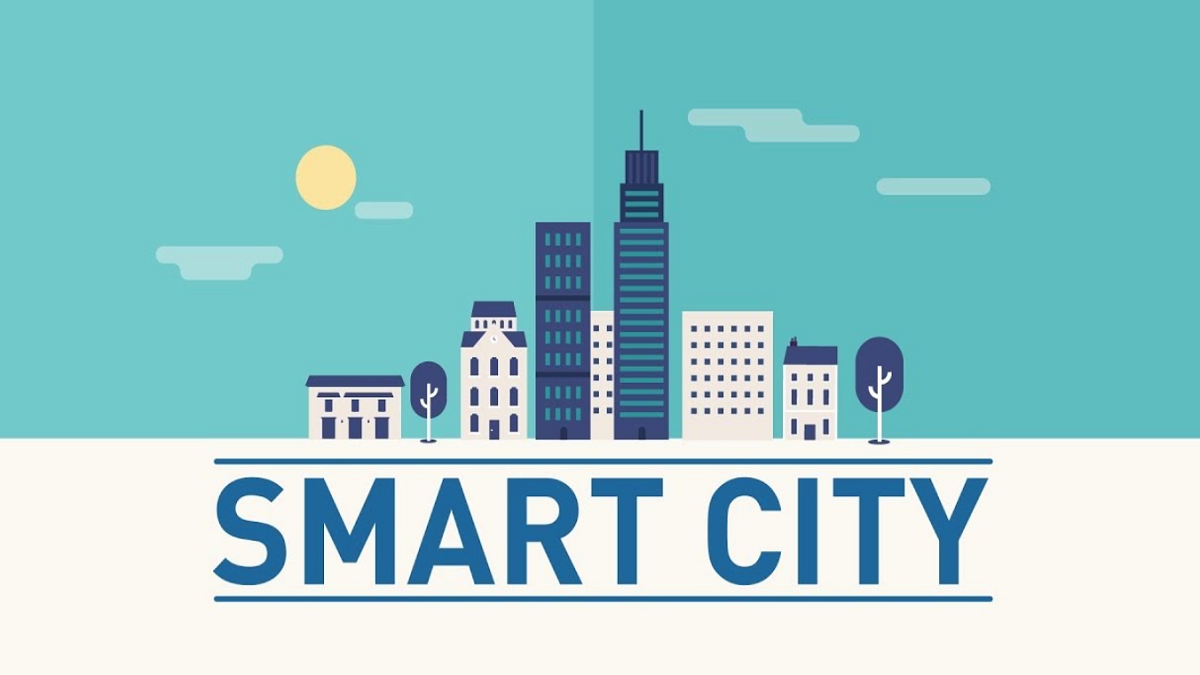
Why do some schemes work and others don’t? In answer to this question lies one of the secrets of making things happen in the Government. We can learn both from what is happening and what is not happening. Someone should first have the courage to accept the ground reality and then indulge in course correction.
I had the occasion to visit certain interior areas of the state during the brief stint in the state of Jharkhand after my superannuation in 2018. While visiting the Bansjor and Kersai Blocks in a remote District (Simdega) in the State, I discovered that these Blocks did not have a single bank branch. It was extremely difficult to explain this except that perhaps it was on account of the disconnect that exists between Delhi and the field. We revel in coming up with ideas and schemes without even caring to understand the ground realities. How do we expect a recipient of old age pension go down to a branch far distant from his residence to collect a small amount that he gets as pension from the government? Earlier, the postman did this job for him. However, someone in Delhi came up with this brilliant idea of Direct Benefit Transfer (DBT) and made bank account mandatory. The idea of DBT is extremely laudable but without a bank branch close by, it makes no sense. The officers either did not have the courage to inform the decision maker about the limitation of such a drive or perhaps were not aware of the ground reality. More often not the ideas are almost always pretty great but unless they are do-able there is little chance of their effective implementation.
Grandiose announcements regarding schemes are made perhaps because it is considered to be a political necessity. This is irrespective of the nature of the government. Let us try and understand why and how some schemes succeed and most of them do not so as to derive some lessons on how to make such ideas/ schemes works.
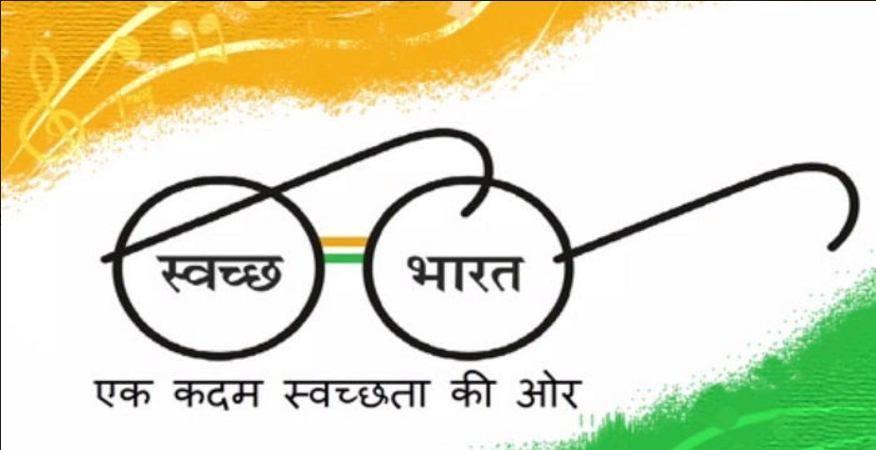
For any idea to fructify and sustain in the government it has to be politically acceptable, socially desirable, technologically feasible, financially viable and administratively doable. It is said that comparisons are odious but in order to illustrate or drive home a point sometime it becomes necessary. Let us now compare Smart City Scheme and Swachh Bharat. The two schemes were dissimilar in content and objectives but the comparison is in the context of the approach adopted to implement these schemes and the distance the two schemes have travelled in terms of benefit accruing to the masses.
Both Swachh Bharat and Smart City schemes were big announcements. However, there was a key difference between them. Right from the beginning, there was clarity of thought regarding Swachh Bharat, while not many knew how Smart Cities were to be defined. It was just a thought with no concrete action plan with defined targets except perhaps the number of the cities that were to be made “smart”.
From purely technology point of view both were totally dissimilar. However, technology was to play a critical role in both the schemes. Ironically, despite being technologically driven, in the evolution of smart cities the nature and extent was neither known nor defined. The disconnect between what was being designed in Delhi and the ground reality was clearly in evidence and became one of the foremost causes of the scheme not happening on the ground. In sheer contrast, Swachh Bharat used rudimentary innovations to improve upon the technology for toilets and pits.
In the context of ownership by the stake holders, the states jumped on to the idea of Smart Cities with a number of them vying to corner as many as they could. It was more in the hope of getting something out of this nebulous concept. How much they actually got was a different matter altogether. Swachh Bharat faced serious problems initially with regard to social acceptability but it recognized this and launched a massive communication campaign to bring about a change in the attitude. In fact, reaching out to the masses effectively was one of the foremost pillars on which Swachh Bharat rode. For those that were implementing Swachh Bharat this connect was considered critical.
There was no problem with the availability of funds for either of the schemes. Swachh Bharat did face some initial hiccups unlike the Smart City Mission that was flush with funds. However, as the schemes rolled out, Swachh Bharat was also provided with requisite funds. Fund availability was not a problem. Utilization was.
Another difference between the schemes was the extent to which the ideas were “practicable” and the manner in which these schemes were actually implemented. In the absence of clear articulation of the concept of “smart“ cities, there was lack of clarity in role definition as well. For any scheme to be successfully implemented and sustained there needs to be a clarity about what needs to be done, how it will be done, who will do it and by when it will be done? The Swachh Bharat Abhiyan had clarity on all these fronts. Not only were the national targets clearly defined, the action plan clearly outlined the tasks and roles at each level of operation. The State Governments were taken into confidence. The Central team travelled the length and breadth of the country. They were on a mission to engage with the stake holders and convey a value proposition to them. Going down to the villages enabled them to assess ground realities that constituted very useful input in formulating policies. This was a game changer. The intensity of engagement and the passion that went with it helped “buy-in” from various stake holders. A “connect” was established with each stake holder.
The outcomes under two schemes speak for themselves. Until 2014, approximately 60% of the world’s open defecators (600 million people) were practicing open defecation across in India. This changed significantly. Within a few years of the scheme, the open defecation number came down significantly and now rural India has actually become open defecation free. As against this, the stated progress under smart city scheme is less than 10% of the target to be achieved by 2020-21. The 25th Report of the Standing Committee on Urban Development (17-18) mentions that only 2% of the funds released since 2015. The disconnect with the ground realities and with the stake holders is responsible for this dismal performance.
Anil Swarup served as head of Project Monitoring Group (PMG), which is presently under the Prime Minister’s Office. He served as Secretary, Ministry of Coal, during his tenure the first ever Coal auctions were conducted. He also served as Secretary, Ministry of School Education.
